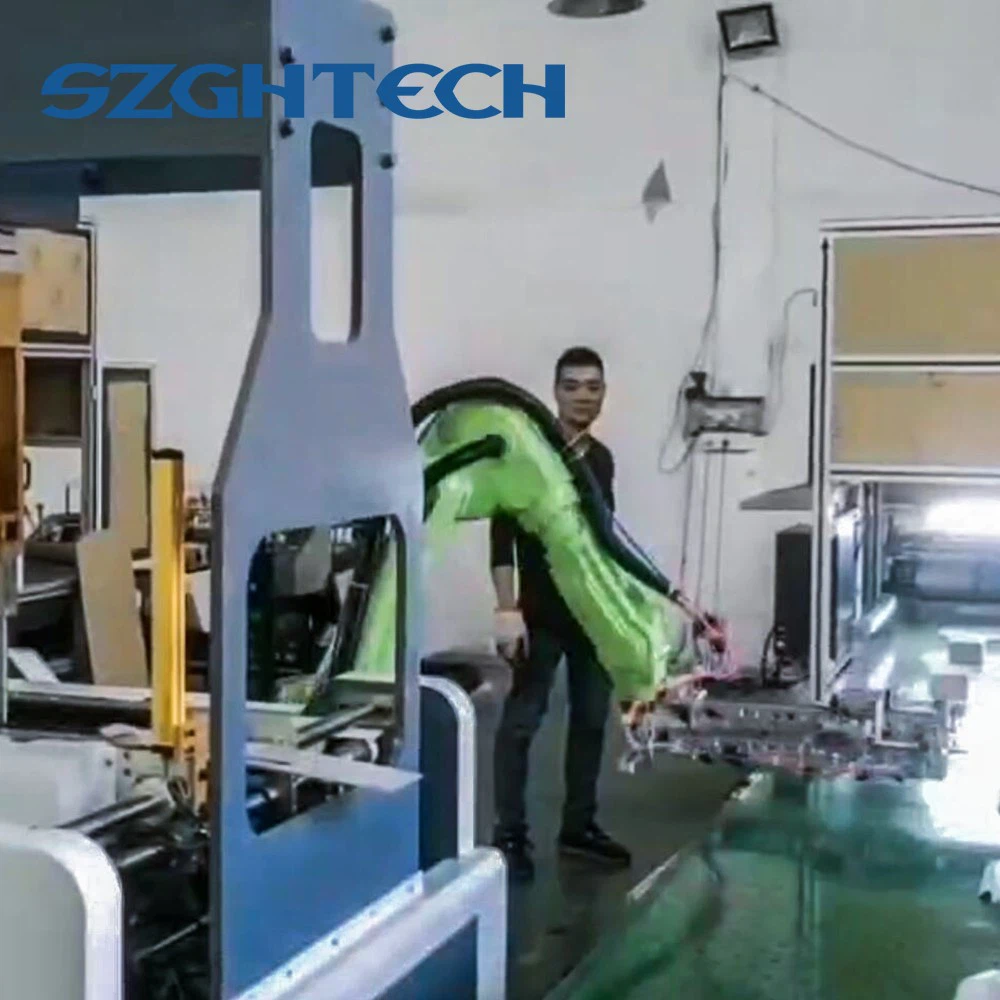Industrial robotic arms can handle complex tasks by:
1) Programming and control: Industrial robotic arms are typically driven by advanced programming and control systems that enable highly flexible and precise motion control. By writing complex control programs, the robotic arm can realize multi-axis motion, speed control, force/torque control, etc., so as to adapt to the requirements of various complex tasks.
2) Sensor technology: Industrial robotic arms can be equipped with various sensor technologies, such as vision sensors, force/torque sensors, tactile sensors, etc., for sensing the environment and detecting the position, shape, quality, force and other information of objects. These sensors can provide real-time feedback, allowing the robotic arm to adjust its movements and operations in real time to suit the needs of complex tasks.
3) Path planning and trajectory generation: Industrial robotic arms usually have advanced path planning and trajectory generation functions, which can generate complex motion trajectories according to the requirements of the task. Through path planning and trajectory generation, the robotic arm can perform highly accurate movements in complex environments, such as avoiding obstacles and following specific motion trajectories.
4) Machine learning and artificial intelligence: Industrial robotic arms can use machine learning and artificial intelligence technologies to learn and adapt to handle complex tasks. For example, through machine learning algorithms, robotic arms can learn and optimize their motion trajectories, force control, gripping strategies, and more, enabling more efficient and precise operations.
5) Multifunctional end effectors: Industrial robotic arms can be equipped with a variety of different types of end effectors, such as grippers, suction cups, laser welding heads, etc., so as to adapt to different types of complex tasks. These versatile end effectors can be flexibly switched and controlled by the robotic arm's control system to enable different tasks.
6) Human-robot collaboration: Industrial robotic arms can collaborate with human operators to enable human-machine collaboration through sensor technology and safety measures. For example, by working with a human operator, robotic arms can take advantage of human intelligence and flexibility by handling complex tasks based on the guidance and feedback of a human operator.


